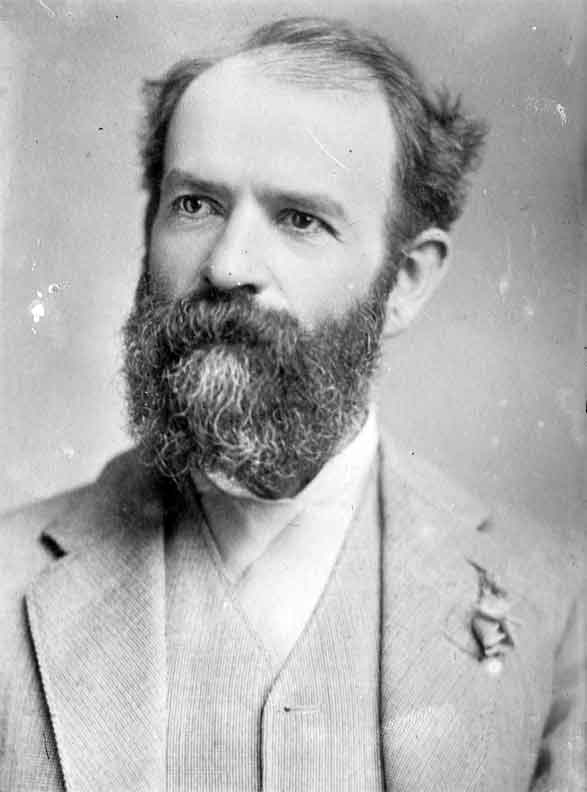Jay Gould

Jay Gould was born in Roxbury, New York, on May 27, 1836. He studied at the Hobart Academy for one year, after which he became a clerk in a general store and worked as a surveyor’s assistant. In 1853, he started his own map-making company. Three years later, he entered into partnership with Zadoc Pratt, establishing a tanning factory in Pennsylvania. Pratt quit the partnership when he found out that Gould had been investing a large portion of the factory’s profits in personal banking and real estate enterprises. Gould obtained a second set of partners, Charles M. Leupp and David W. Lee, but continued speculating with the profits and embezzling funds. Gould’s shady activities were discovered when the Panic of 1857 forced Leupp to declare bankruptcy. Leupp committed suicide, and Lee insisted on taking control of the tannery. Gould used armed tannery workers to force Lee’s agents from the factory in 1860. Although Lee was able to obtain legal control of the factory the next year, Gould had managed to drain most of the factory’s resources in the intervening time.
During the Panic of 1857, Gould bought the Rutland and Washington Railroad cheaply, made improvements and influenced stock prices so that he was able to sell it at a large profit in 1858. He then purchased the Cleveland and Pittsburgh Railroad, and sold it at a profit a year later as well. In 1860, he formed the brokerage house of Smith, Gould and Martin on Wall Street; and he spent the Civil War speculating in stock and gold. After the war, in 1867, he was appointed to the board of directors of the Erie Railroad, along with Jim Fisk. Gould, Fisk and Cornelius Vanderbilt fought over control of the Erie Railroad, largely by means of unethical or actually illegal means, and Gould and Fisk eventually obtained legal control. Gould and Fisk continued to obtain funds from the Erie, until the stockholders ousted Gould from the board of directors in 1872.
Gould joined President Ulysses S. Grant’s brother-in-law, Abel R. Corbin, in conspiring to corner the gold market in the fall of 1869, and making a profit of about $11 million by the end of September. Gould went on to obtain control of the Union Pacific Railroad in 1874, then left it for the Kansas Pacific Railroad in 1879. He forced the Union Pacific to consolidate with the run-down Kansas Pacific in 1880. He went on to purchased the Missouri Pacific, the Texas and Pacific and other railroads of the Southwest. His business purchases went beyond railroads to include the New York World, the Western Union Telegraph Company and the New York Elevated Railroad Company. By the end of his life, he had amassed a fortune of almost $77 million, and was one of the most infamous "robber barons" in the nation. He inspired writers like Charles F. Adams, Jr. and Charles Adams to expose his misdeeds to the general public, decades before the age of the "muckrakers." New York society never accepted him, despite his wealth. He died on December 2, 1892, in New York, New York.
 >
>